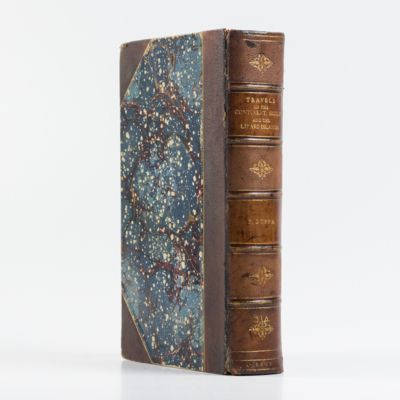
Conrad, T. A.
Fossil shells of the Tertiary formations of North America, illustrated by figures, drawn on stone, from nature. Vol. 1(1)-(4). [AND] Vol. 1(3) ["republication"] Eocene fossils of the Claiborne, with observations on this formation in the United States, and a geological map of Alabama.
Philadelphia, PA, J. Dobson, 1832-1835. 8vo (23.3 x 14.2 cm). 74 pp; 21 plates [numbered 1-14, XVXVI, 17-21]. 20th-century black buckram with gilt title on the spine.
A very rare and notoriously complicated work, written by the American palaeontologist and malacologist Timothy Abbott Conrad (1803-1877) and published in parts. It is especially important because it contains descriptions and illustrations of many new species of fossil shells. Probably no more than twenty copies were printed. "No. 3" is used twice, the second replacing, in part, the earlier parts 3 and 4 (see below). The [Alcide] d'Orbigny and R. I. Johnson copy. "M. D'Orbigny from T. A. Conrad" written in pencil in de the top margin of the first wrapper. The American malacologist and malaco-historian Richard Irwin Johnson (1925-2020) went to great lengths to compile a complete copy and inserted a collation of this work, dated 1966. He noted that actually four parts were published in 1832-1833, but that a new No. 3 was published in 1835, being "...a revision of about two-thirds of the species descriptions of univalves found in No's 3 and 4, together with new matter, accompanied by illustrations. pp. 29-56, pls. 15-18, 1 map". Included are (the) two different title pages and introductions (both with the same date) published by Conrad. Why Conrad had the introduction reprinted in a slightly different form is unknown. The forementioned map is added in the 1893 Gilbert D. Harris reprint (which itself was reprinted in 1963 by the Paleontological Research Institution, Ithaca, NY). Harris's preface is added in photocopy, as is the rare original No. 4, including plates 19-21, and the titles to No's 2 and 3, as well as p. 36 of the latter, to show differences in the text between the original Conrad, and the "reprinted" Harris edition. Tear in the margin of the title of the second edition of No. 1; some scattered spotting to text leaves, a few plates and the text to No. 3 with a damp stain (on the plates from before binding), otherwise very good. This work should not be confused with Conrad's very similarly titled Fossils of the Tertiary formations of the United States, of which publication commenced in 1838. Caprotti II, p. 17 [181].

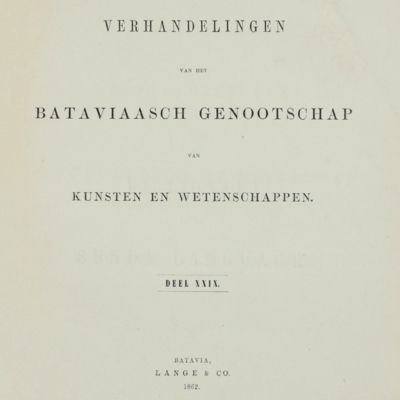
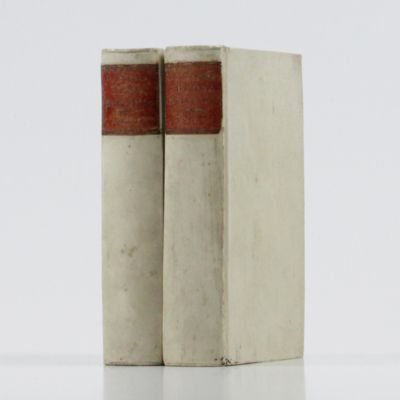
![image for Fossils of the Tertiary formations of the United States. Illustrated by figures, drawn from nature. [Fossils of the Medial Tertiary of the United States 1-2; Fossils of the Miocene formation of the United States 3-[4].]](https://schierenberg.nl/media/cache/product_thumb/74969/74969_x.jpg)
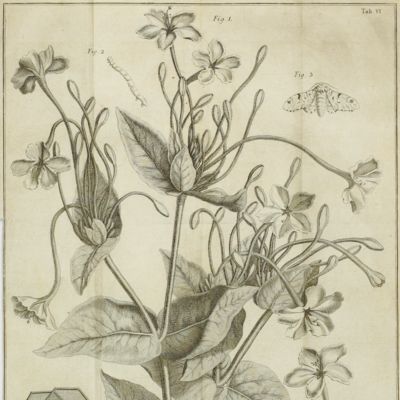

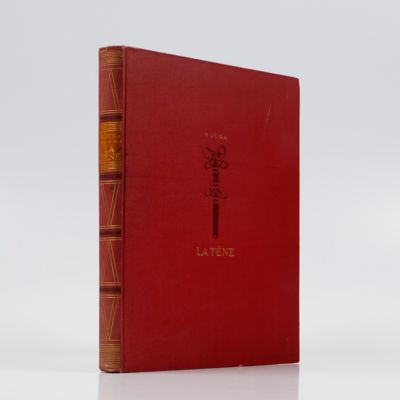
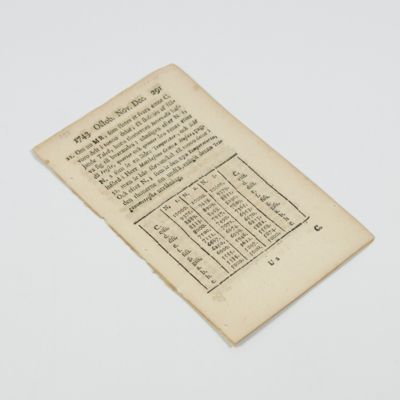
![image for Reports of the Princeton University Expeditions to Patagonia 1896-1899. Volume VIII, 1-2. Botany. I-IX. [Complete].](https://schierenberg.nl/media/cache/product_thumb/16508/16508_x.jpg)
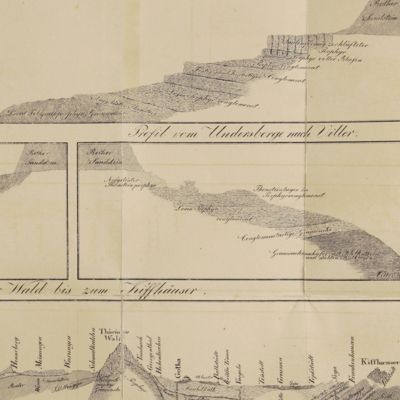
![image for Histoire naturelle Planche X. Le couguar, le linx. [Contemporary hand-coloured plate].](https://schierenberg.nl/media/cache/product_thumb/72385/72385_x.jpg)
![image for [Mission scientifique au Mexique et dans l'Amérique Centrale.] Description des anciennes possessions mexicaines du Nord.](https://schierenberg.nl/media/cache/product_thumb/73526/73526_x.jpg)
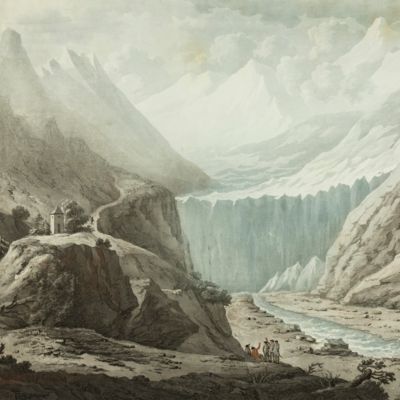


![image for Untersuchungen über die Gletscher. [Complete text and atlas].](https://schierenberg.nl/media/cache/product_thumb/77550/77550_x.jpg)
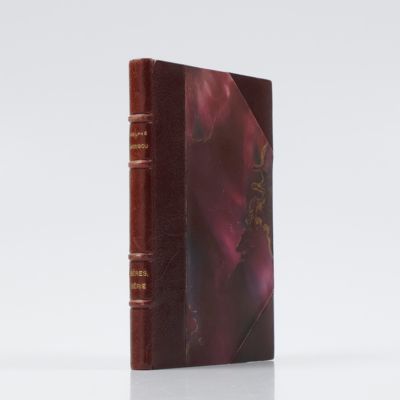
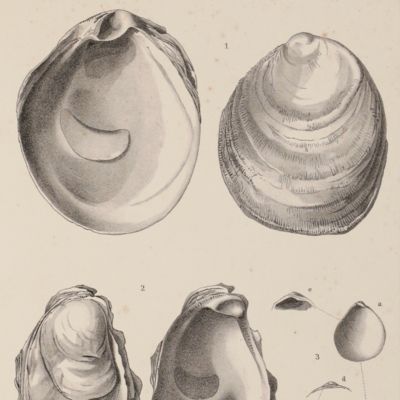

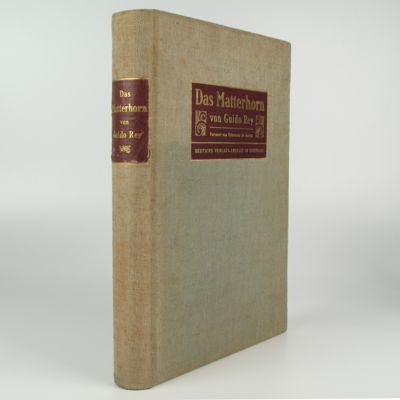
![image for Java en Madoera. Blad. 1. [Unpublished map with manuscript annotations].](https://schierenberg.nl/media/cache/product_thumb/75639/75639_x.jpg)
